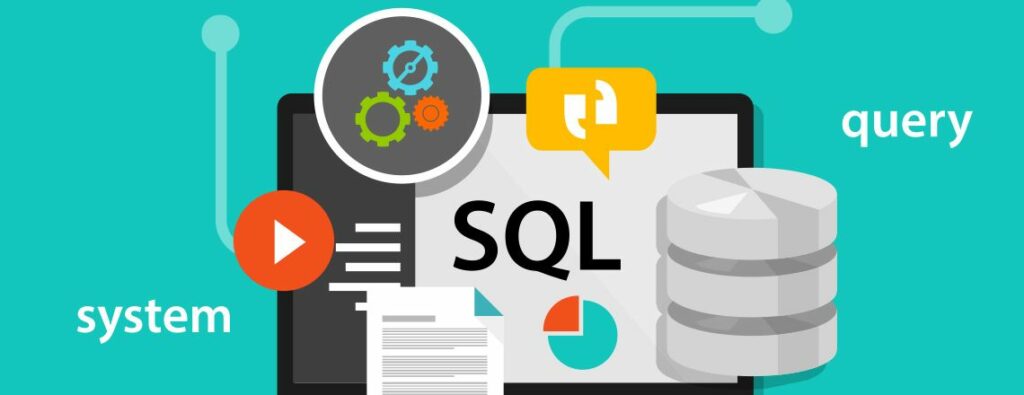
Free eBooks for Beginners
As a data analyst, it is essential to be familiar with SQL (Structured Query Language) which is used to manage relational databases. Databases are used to store data in an organized manner, and SQL provides the necessary tools to extract and manipulate the data. In this article, we will take a closer look at example databases and tables.
A database is a collection of related tables that store information about a specific topic. For example, a database for a retail store would contain tables for customers, orders, products, and suppliers. Each table contains rows (also known as records) and columns (also known as fields), which represent individual pieces of information.
The two most common example databases used for learning SQL are the Northwind database and the Chinook database. The Northwind database is a sample database created by Microsoft and is based on a fictional company that sells food and beverage products worldwide. The Chinook database is a sample database that represents a digital media store and is used to demonstrate the basics of SQL.
A table in SQL is a database object that stores information in a structured manner. A table consists of columns, which define the type of data stored in the table, and rows, which represent individual records. For example, the “Customers” table in the Northwind database contains columns such as “CustomerID”, “CompanyName”, and “ContactName”, and each row in the table represents a single customer.
SQL allows you to perform various operations on tables, such as creating tables, inserting data, updating data, and deleting data. With SQL, you can also join tables to retrieve information from multiple tables at once, filter data based on specific conditions, and sort data based on specific columns.
In conclusion, example databases such as Northwind and Chinook are great tools for learning SQL. Understanding how tables are structured and how they can be manipulated is an essential part of being a data analyst. With the help of example databases, you can become proficient in SQL and be able to manage relational databases with ease.
SQL for Beginners and Data Analyst – Chapter 5: Example Databases and Tables
 Loading...
Loading...
Disclaimer: The information and code presented within this recipe/tutorial is only for educational and coaching purposes for beginners and developers. Anyone can practice and apply the recipe/tutorial presented here, but the reader is taking full responsibility for his/her actions. The author (content curator) of this recipe (code / program) has made every effort to ensure the accuracy of the information was correct at time of publication. The author (content curator) does not assume and hereby disclaims any liability to any party for any loss, damage, or disruption caused by errors or omissions, whether such errors or omissions result from accident, negligence, or any other cause. The information presented here could also be found in public knowledge domains.